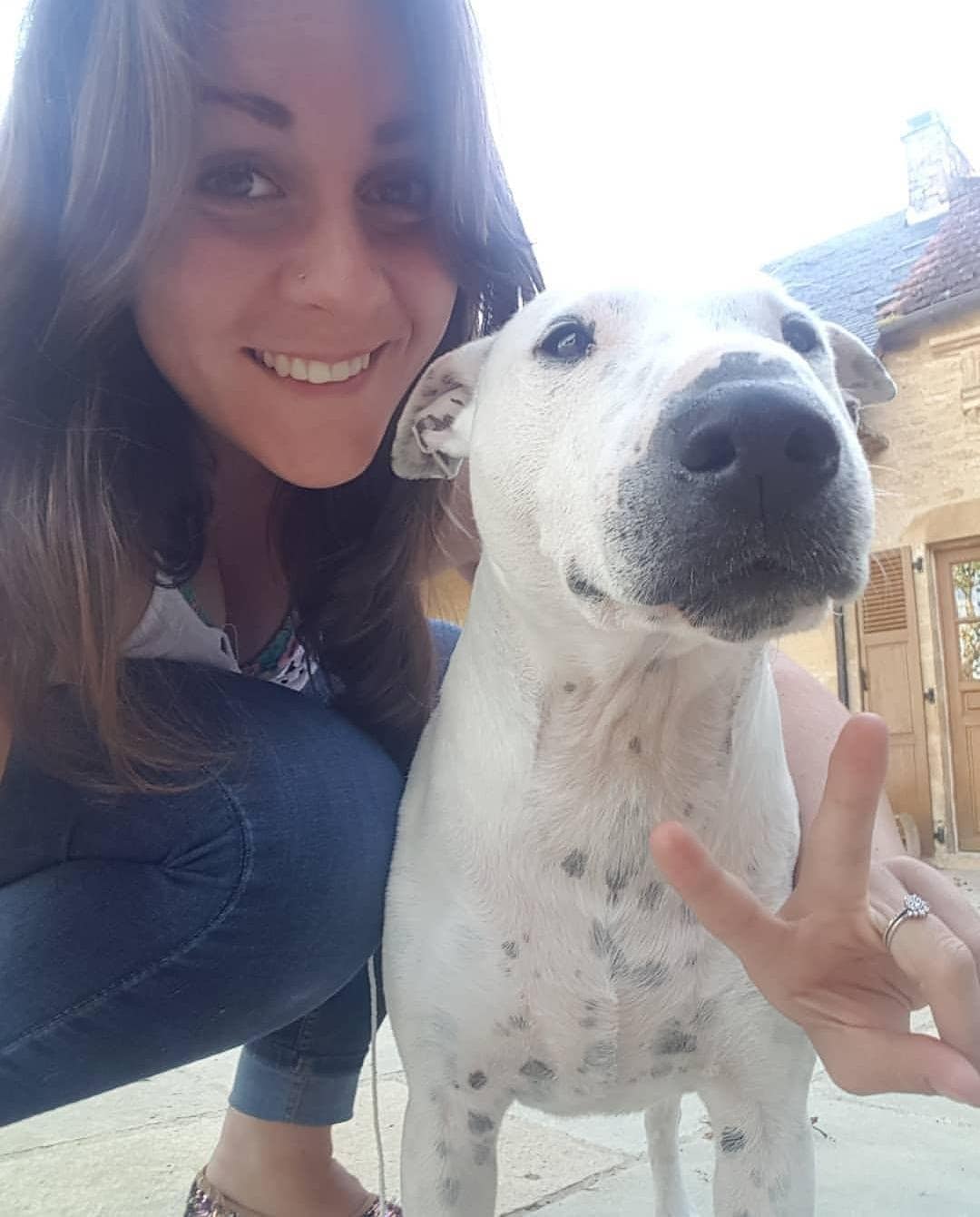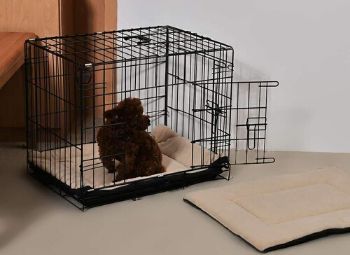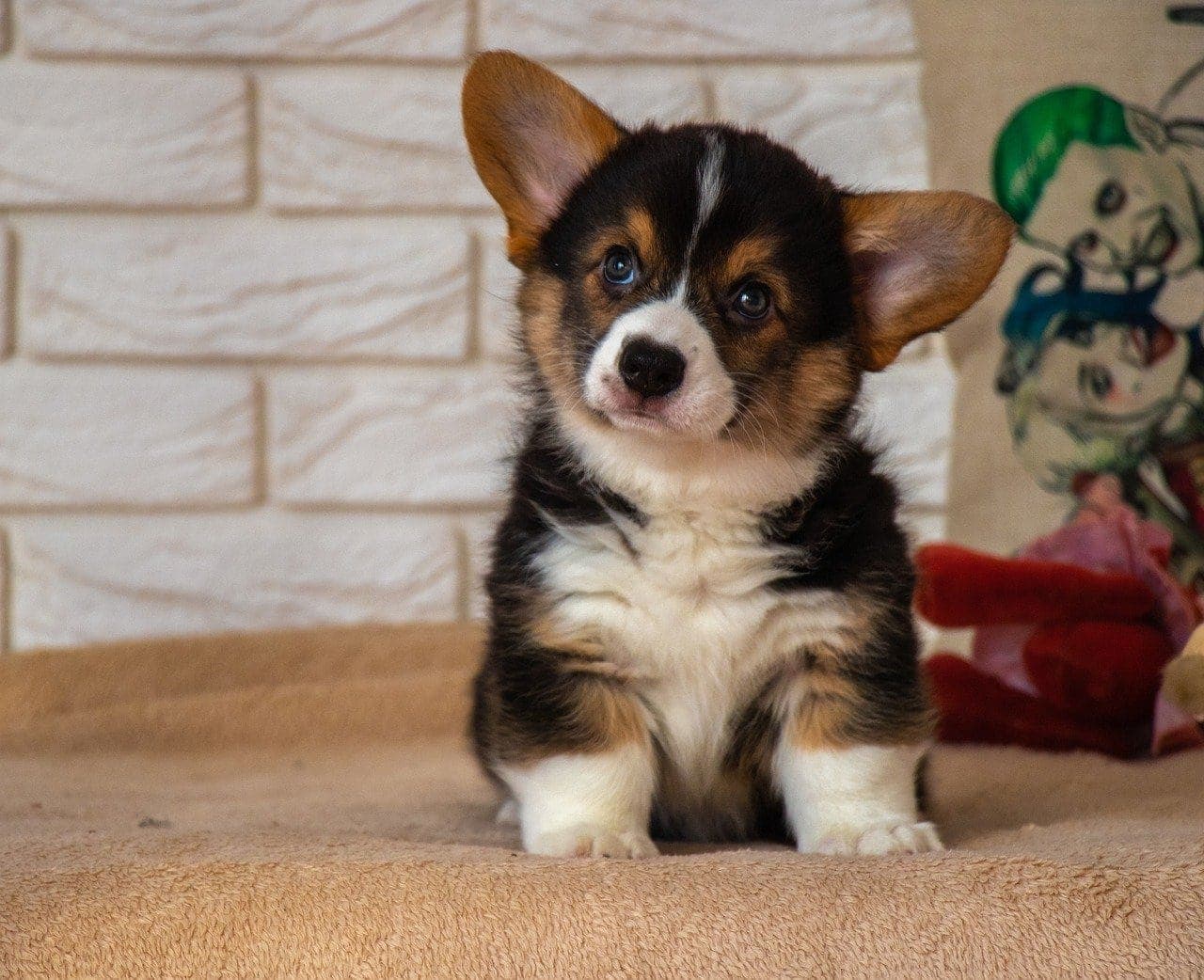How to Stop a Dog From Urinating in a Certain Spot Outside: 8 Easy Ways

Updated on
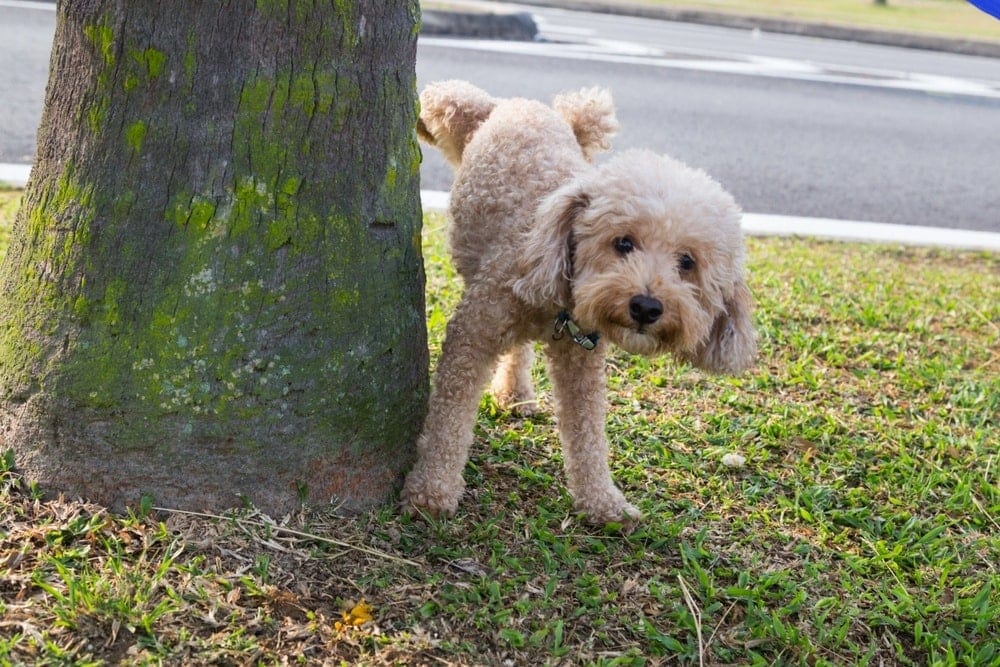
For the most part, house training your pup is important in terms of getting them to go to the bathroom where you want. Ultimately, that should not be in the house. However, what if there are areas outside that you don’t want them to use either?
If this is true for you, take a look through our top tips for directing them to outdoor areas to do their doggie business.
The 8 Steps to Stop a Dog From Peeing in the Same Spot
1. Direct Them During Housetraining
The best place to start is from the beginning. If you have a puppy and are still working on housetraining them, then it is the perfect time to train them to go potty in a particular area. There is a wide array of methods that people use to housetrain their dogs. When they get into the yard, some are free to prowl around until they are ready to let loose.
However, if you want them only to use certain areas, it is better to keep them on their leash. This way, you can direct them to the site of preference. It is common for a dog to choose one area as their personal “bathroom space.” By fixing them to a spot when they are ready to go, they learn from the beginning that this is the place to go.
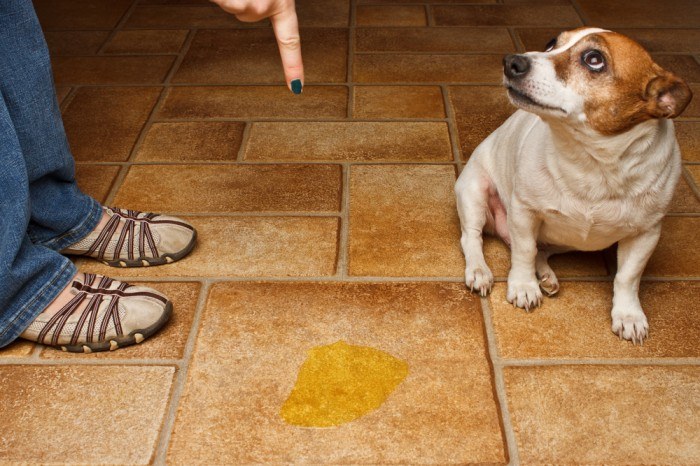
2. Spray the Area With Vinegar
Perhaps you adopted them as an older dog or they didn’t get the message during housetraining. If that is the case, don’t worry because there are many options to help you take care of the issue. One of them is spraying vinegar around. Vinegar is the ultimate fix-it solution to almost any household problem, including preventing dogs from frequenting an area. Another plus: Vinegar is eco-friendly and dog-safe.
All you have to do is to spray or pour the vinegar over the area. No dog likes the scent of vinegar and will typically refuse to go anywhere near the smell.
You need the vinegar smell to stay robust, especially at the beginning of this method. Respray at least once a week, more if it gets rained on in between. You can dilute the vinegar as your dog begins to catch on, as they will avoid even the slightest scent.
3. Remove Their Mark
Some dogs revisit a spot because they have marked it as theirs. Unless their scent is gone, they continue to recognize it as their “special” spot.
Remove their mark by using a non-toxic odor eliminator. Each time they use an area, wipe it down or sprinkle it with the odor eliminator. If your dog was using it because that was their only association with the spot, try to direct them to a new place on their next outing.
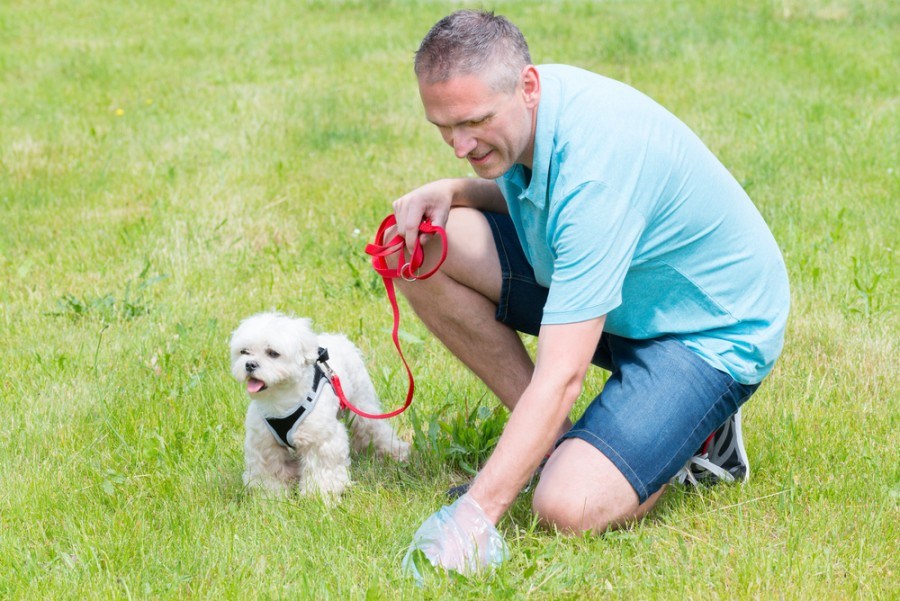
4. Sprinkle on Citronella
Dogs are extremely sensitive to smells. If they prefer or recognize a scent, they are drawn to it. If they don’t like a scent, they won’t go anywhere near it. Citronella is one of those scents that doesn’t work for them. You can also use essential oils like rose or lemon balm to get them to avoid an area. Use a natural citronella spray the same way that you would a vinegar spray.
Another plus about this method is that it doesn’t smell as bad as vinegar does. It targets the dog more than everybody else.
5. Create a Barrier
Depending on where the space is, an easy way to get them to stay away from it is to put a barrier around it. That way, even if they still want to get to it, they can’t.
Barriers are easy to erect with material like chicken wire, zip ties, or chain link fencing. Doing something like this helps keep your pups out of a garden or away from specific plants.

6. Spice It Up With Cayenne Pepper or Chili Powder
Sprinkle cayenne pepper in the area, around it, and wherever else to make it a fixture. If it isn’t an organic site, such as on a concrete patio, then mix it in with vinegar to get it to stick and stay better. Another popular option is to make a spray with vinegar, water, liquid soap, and cayenne pepper or chili powder. It is the combo spray of the year when it comes to deterring your dog from using the area as a bathroom.
Don’t be worried about your dog getting hurt from sniffing the chili powder. You should use enough to be noticeable, but you don’t have to coat it. If they ingest too much, it can cause a burning sensation. While a little of that is okay for a particularly persistent pooch, too much can cause stomach or nasal issues.
7. Grow Plants That Dogs Don’t Like
Have you ever noticed that your dog sniffs around the spot almost every time before doing their business? If they smell something that they don’t like, they are more likely to look for somewhere more suitable. If the area is a part of your beloved garden or a yard that you do not want to be discolored, you probably won’t want to keep it behind a barrier.
Instead, for a more long-term solution, grow plants that dogs do not like. These include plants that target their noses, like curry, citronella, or lemon balm.
Sprinkle the plantings throughout the garden area, particularly the front, so they receive an unfortunate blast to the nose when they approach it.

8. Keep It Clean
You might think that your area is already clean as a whistle, but that it hasn’t deterred your dog so far. Try washing it down with bleach and seeing how close they come next time. It is up to you whether you water it down or use it straight from the bottle. It is a cheap solution and helps you keep the area sparkling clean.
Repeat the treatment if you notice that the smell begins to fade until your pup starts to get the idea.
This solution only works well if they are targeting an inorganic area since bleach kills any organic matter that it lands on. It is also one of the least eco-friendly solutions. Make sure not to apply it close to any kind of water source.
Conclusion
With all the options at hand, you have an entire arsenal to use. It might feel like a never-ending battle. Here is our last tip: When training your dog anything, consistency is key. Pick a solution that seems to merit a response, and stick to it.
For some dogs, it might take a couple of days. For others that are set deep into their ways, it could take weeks. Do not give up, and in the end, you will have the reward of a clean space unbothered by your pup’s bathroom habits.
Related Reads:
- Best UV Light for Dog Urine Detection – Reviews & Top Picks
- Best Enzyme Cleaner for Dog Urine – Reviews & Top Picks
- Best Carpet Cleaner for Dog – Reviews & Top Picks
Featured Image Credit: ThamKC, Shutterstock



